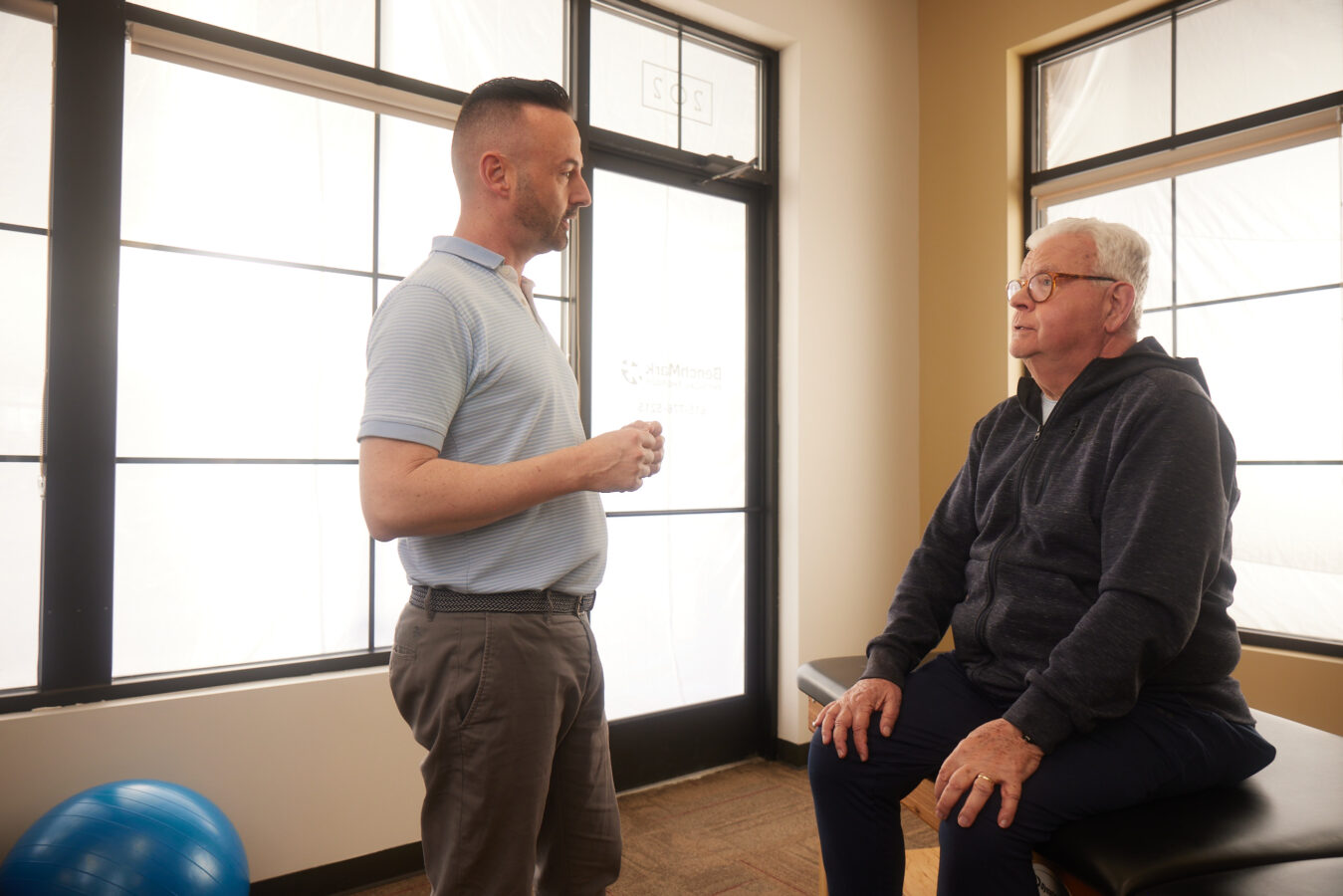
By world standards, the United States is a relatively young nation. But our elderly population is growing rapidly. The number of Americans aged 65 and older will almost double between 2012 and 2050, according to the Census Bureau. In fact, by 2034, the number of older adults (65+) is projected to outnumber children for the first time in U.S. history. With this trend, there has been a significant impact on health care, including increased long-term facility care, increased use of Medicare insurance, injuries in the elderly, and demand for preventative medicine to decrease the effects of aging. This includes benefits of physical therapy for weakness and aging.
No one is immune to the effects of getting older. Yet, physical therapy can be beneficial to combat the weakness, frailty, and other changes that are a natural part of aging.
Aging can be defined as the process of growing older and can also be defined by the physiological changes that occur in the body. There are three categories of the elderly: young-old (ages 65-74), the middle-old (ages 75-84), and the old-old (age over 85).
Normal musculoskeletal changes affect connective tissue structures, cartilage, bone, muscle, and discs in the spine. These age-related changes can lead to:
• Higher risk of fractures
• Increased muscle fatigue
• Joint compression
• Joint stiffness
• Less muscle mass
• Lower muscle endurance
• Postural changes
Left unmanaged, these musculoskeletal changes can lead to osteoporosis, fractures, arthritis, and posture dysfunction.
As we get older, we gradually experience increased stiffness of the heart wall, thickening of valves of the heart and increased thickness with decreased diameter of blood vessels. These changes lead to a decrease in maximal heart rate, increased resting blood pressure, quick drops in blood pressure when standing, and decreased maximal endurance of the heart muscles.
Changes in respiration muscles, airway, lung tissue and chest wall are normal, resulting from increased work of breathing. Functional implications of these changes include increased fatigue with increased levels of work. If these changes become uncontrolled, high blood pressure, coronary artery disease, peripheral vascular disease, chronic obstructive pulmonary disease (COPD), pneumonia and lung cancer could develop.
As we age, the speed of our nerves sending messages to the muscles gets slower. As a result, reaction time slows down and muscles don’t fire in sync. This can lead to complaints of unsteadiness and other balance issues.
Balance problems are especially concerning considering that falls are the leading cause of fatal and nonfatal injuries in adults ages 65 and older. According to the CDC, 3 million seniors went to emergency rooms for falls in 2019 alone. One out of five falls leads to a serious injury like a broken bone or head injury. Fortunately, falls are preventable. Strength and balance exercises are highly-effective for reducing your fall risk and avoiding painful injuries.
According to the American College of Sports Medicine, individuals over the age of 65 should perform moderate-intensity aerobic exercise 30 minutes per day, five days per week, or vigorous-intensity aerobic exercise 20 minutes per day, three days per week.
Moderate-intensity exercises include brisk walking, dancing, gardening, and housework, and vigorous-intensity activities include running, walking briskly up a hill, fast cycling, fast swimming, and participating in competitive sports.
Physical therapy can assist in the recovery of age-related injuries and also as a preventative measure before injuries occur. Physical therapists are specifically trained to develop exercises throughout the lifespan.
A physical therapist can assist individuals in starting or returning to a safe exercise routine to assist with maximizing one’s function. Your therapist creates a custom exercise plan based on your individual health needs, goals, and abilities.
• Flexibility exercises should be performed two days per week.
• Seniors should perform 8-10 strength-training exercises two to three times per week with 10-15 repetitions each.
• Strength and flexibility exercises should target large muscle groups such as the chest, shoulders, arms, back, abdomen and legs.
• If an elderly individual is at risk for falling, balance exercises should be incorporated.
Although the changes described above are normal parts of aging, they can be slowed by weekly exercises that target these systems and negative consequences can be avoided. Schedule a physical therapy screening today to learn how PT can help you remain active and independent in the golden years.